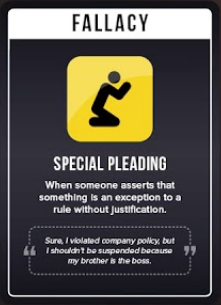One way to mis-handle a problem is to just keep on trucking. Another is to actively bury it. That might seem impossible in the internet age, but not only is the internet gradually losing information, it’s opened up whole new ways to bury things.
Speaking of denying you, if you go to check any of [Rachel] Oates’ videos or live streams referenced throughout any of our exposés, only to discover that they’re no longer available, this is because Oates has taken to deleting and privating said evidence. Now, we’d originally prepared for this possibility by mirroring key pieces, unpublished, linking said mirror below the link to her original. Sadly, Rachel Oates saw this as an opportunity to abuse YouTube’s copyright system to try and have the channel taken down. The string of DMCA claims Oates filed put the channel a single strike away from the three required to be deleted, permanently, putting the future of the channel and my sole source of income as a trans person in jeopardy. We naturally won our appeals over the coming weeks, leading YouTube to reinstate said videos. Yet we decided that it was best to remove them to prevent Rachl[sic] Oates filing further DMCA takedowns from different channels, continuing to legally harass us or even potentially spreading out said claims so that she got the necessary three strikes.
This was my inspiration for circling back to old controversies: Rachel Oates has been trying to hide the evidence of past misbehaviour, and in a rather clever way. Don’t want people to see something? Delete it. Someone else mirrors or clips from the deleted content? Not only can you abuse the copyright system to have those mirrors taken down, do it often enough and you can financially harm the person trying to hold you accountable!
[Read more…]

